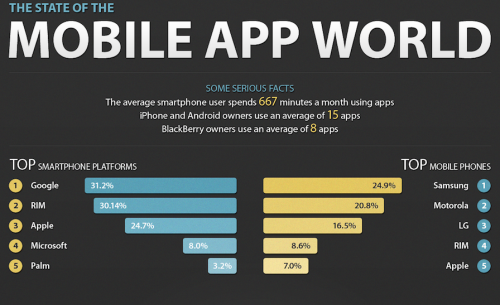“I have not failed. I’ve just found 10,000 ways that won’t work.” ~ Thomas A. Edison
In a business climate that changes continually and increasingly rapidly, failure is a fact of life. Many business leaders fully believe that failure is a blessing. Failure can be learned from, they think. Thomas Edison understood that he had to fail in order to succeed, and most entrepreneurs are familiar with the quote above. Setting up business is cheap in the digital age. Big investments do not necessarily have to be made to set up a shoestring operation that can prove a concept. In fact, as Greg Satell (2014) of Digital Tonto puts it:
“Venture investors, for their part, are looking for just one or two big wins out of ten”.
But does that mean that failure is good and should be embraced warmly? Satell argues no. He disputes the point that you have to fail to succeed. He goes against the grain of current business thinking and says, “only a maniac or a fool would embrace it”.
While Satell’s mind set differs from the common thrust right now, does that mean he is wrong? In fact, Satell makes some solid points that quite simply make sense. After all, as he puts it, “failure means that we messed up”. Satell believes that the concept of embracing failure is fundamentally wrong. And digital solutions or technology that fail do not make life better, so who wants that? However overcoming difficulties and failures to add value is excellent on the other hand.
Greg Satell argues that we have to take a new approach to failure. We have to use big data to figure out in advance what is going to fail and avoiding that. An excellent example is given of Barack Obama’s campaign for office. As explained by Satell, the Obama team simulated 62,000 different scenarios of voter behaviour based on data that had been gathered, and worked out from that what would be necessary to succeed, rather than to fail. That data considered every single voter and looked at how social media could be used to persuade voters to vote Obama. The proponents of the approach believe that this led to 78% of the great undecided finally falling in and voting for Obama.
This represents a whole new approach – learning how not to fail by running the numbers in advance. It means having the data to be able to simulate the scenarios that would lead to failure, and then avoiding those. It means transforming the approach to failure, and transforming failure itself. Meantime, according to Satell, Mitt Romney took risks that did not pay off. Those risks were not supported by the big data evidence of the Obama camp.
But it is not just big data that can be used to prevent failure. Greg Satell also points out that in a digital age we have access to way more information than ever before. We have open source information and access to people. We can glean ideas online from research or quite simply asking people. We have many opportunities to use technology to grow and expand ideas and test them before putting them out to fail. Satell argues that’s what we should be doing rather than “embracing failure”. We should be transforming it instead to plan to make sure that it doesn’t happen in the first place.
Another interesting story concerning the feeling of failure is the one of Elizabeth Gilbert. Elizabeth had been in the past an “unpublished diner waitress,” overwhelmed with constant rejection letters until she finally publish one book that was so successful that it remained on “The New York Times Best Seller list” for 187 weeks. And yet, paradoxically, the success of ‘Eat, Pray, Love,’ triggered in her once again, strong feelings of fear of failure. With beautiful insight, Gilbert reflects on a TED talk, why success can be the other coin of failure, and a very confusing experience. Her solution is simple — though hard — carry on, and go back to work, to work on “what you love more than you love yourself”. regardless of outcome.
In both stories, the bottom line is that technology is helping us both to simply work until we implement our vision and idea, and to learn how to avoid failure. Instead of embracing failure we should transform our approach to it so that we can learn from it before we even fail in the first place. It’s a mind-set change, that abandons the black and white dicotomy of failure/success, and embraces solutions and “work”.
The most powerful man in the world already did it with his election campaign. Will you make that mind-set change too?

Paula Newton is a business writer, editor and management consultant with extensive experience writing and consulting for both start-ups and long established companies. She has ten years management and leadership experience gained at BSkyB in London and Viva Travel Guides in Quito, Ecuador, giving her a depth of insight into innovation in international business. With an MBA from the University of Hull and many years of experience running her own business consultancy, Paula’s background allows her to connect with a diverse range of clients, including cutting edge technology and web-based start-ups but also multinationals in need of assistance. Paula has played a defining role in shaping organizational strategy for a wide range of different organizations, including for-profit, NGOs and charities. Paula has also served on the Board of Directors for the South American Explorers Club in Quito, Ecuador.



























